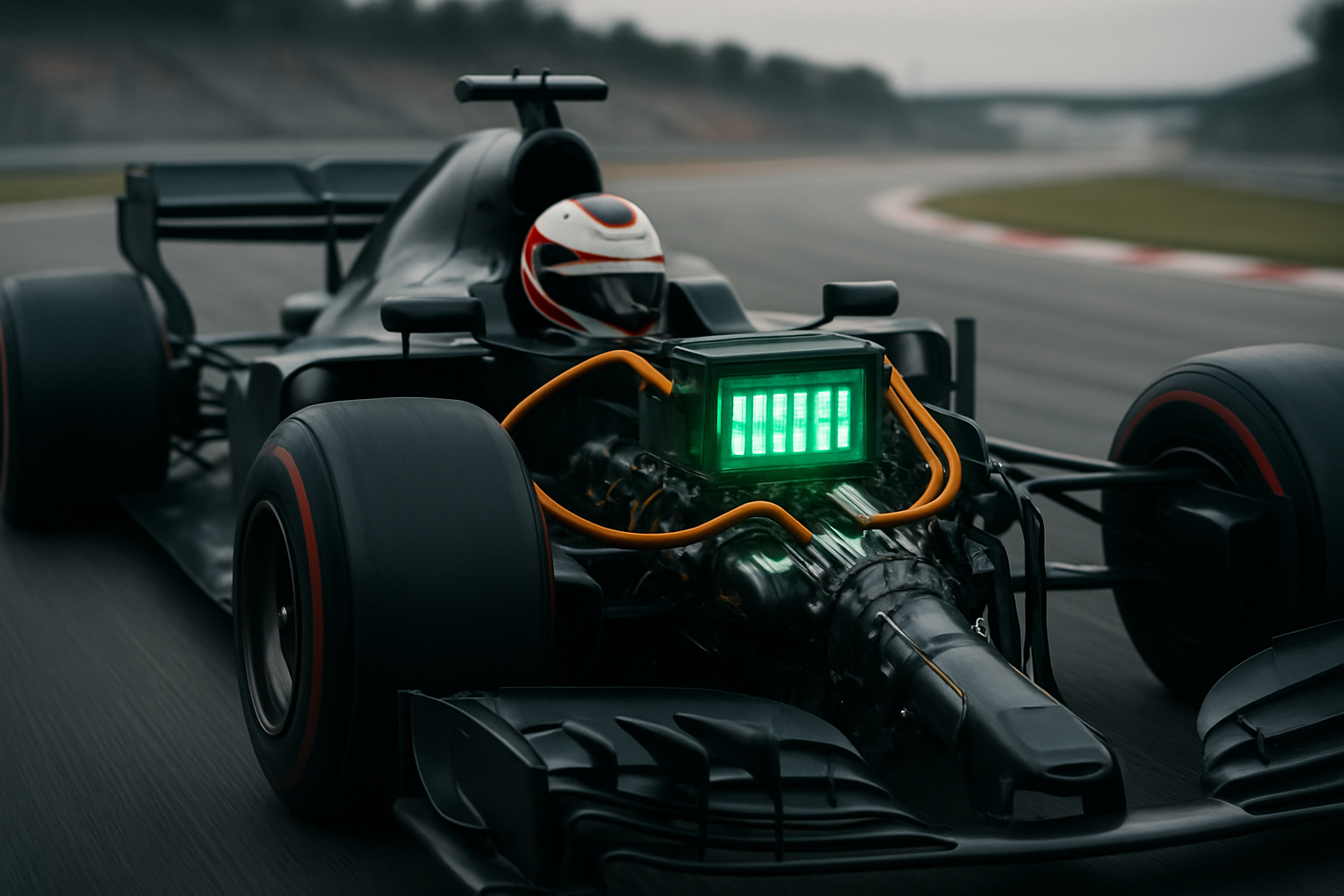Dual-Clutch Transmissions: The Unsung Heroes of Performance Driving
Shifting gears in the world of automotive technology, we dive into the intricate realm of dual-clutch transmissions (DCTs). These mechanical marvels have revolutionized the driving experience, offering lightning-fast gear changes and unparalleled performance. But what exactly makes DCTs tick, and why are they becoming increasingly prevalent in high-performance vehicles? Let's explore the inner workings of this cutting-edge technology and its impact on the automotive landscape.

How Dual-Clutch Transmissions Work
At its core, a DCT consists of two separate clutches, each controlling its own set of gears. One clutch manages the odd-numbered gears, while the other handles the even-numbered gears. This configuration allows the transmission to pre-select the next gear before it’s needed, resulting in incredibly quick shift times.
When the driver initiates a gear change, one clutch disengages while the other simultaneously engages, creating a seamless transition between gears. This process happens in milliseconds, often faster than a skilled driver could manually shift gears.
The Performance Advantage
The primary benefit of DCTs is their ability to deliver rapid gear changes without interrupting power delivery to the wheels. This translates to improved acceleration and smoother power delivery compared to traditional manual or automatic transmissions.
In high-performance applications, DCTs can shift gears in as little as 8 milliseconds, a feat impossible for even the most skilled human drivers. This rapid gear changing allows engines to stay in their optimal power band, maximizing performance and efficiency.
Efficiency Gains
While performance is often the headline feature of DCTs, they also offer significant efficiency benefits. By minimizing power loss during gear changes and allowing engines to operate at optimal RPMs more consistently, DCTs can improve fuel economy by up to 10% compared to traditional automatics.
Additionally, the ability to quickly shift to higher gears when cruising helps reduce engine RPMs, further improving fuel efficiency and reducing wear on engine components.
Challenges and Limitations
Despite their advantages, DCTs are not without challenges. The complexity of the system can lead to higher manufacturing and maintenance costs. Some drivers also report a learning curve when first operating vehicles equipped with DCTs, as the driving feel can be different from traditional transmissions.
In stop-and-go traffic, some early DCT designs exhibited jerky behavior at low speeds, though advancements in control software have largely mitigated this issue in modern implementations.
The Future of Dual-Clutch Technology
As automotive technology continues to evolve, so too does the dual-clutch transmission. Manufacturers are constantly refining DCT designs to improve durability, reduce weight, and enhance efficiency. Some are exploring the integration of hybrid powertrains with DCTs to further boost performance and fuel economy.
The rise of electric vehicles poses an interesting question for the future of DCTs. While many EVs use single-speed transmissions, some manufacturers are exploring multi-speed transmissions, including DCTs, to improve high-speed efficiency and performance in electric powertrains.
Impact on Driving Culture
The proliferation of DCTs has had a significant impact on driving culture, particularly in the performance and motorsport sectors. The technology has redefined expectations for shift speed and precision, influencing everything from track day experiences to daily commutes.
For enthusiasts, DCTs have sparked debates about the nature of driver engagement and the role of technology in the pursuit of performance. While some purists argue that DCTs remove an element of skill from driving, others embrace the technology for its ability to extract maximum performance from a vehicle.
Advancements in Control Systems
Modern DCTs benefit from sophisticated control systems that continually optimize shift patterns based on driving conditions, driver input, and vehicle dynamics. These systems use a combination of sensors, algorithms, and sometimes even GPS data to predict the ideal gear for any given situation.
Some high-end systems incorporate adaptive learning, allowing the transmission to tailor its behavior to individual driving styles over time. This level of customization ensures that the DCT performs optimally whether on a racetrack or in daily traffic.
DCTs in Motorsport
The world of motorsport has been quick to adopt dual-clutch technology, with many top-tier racing series now featuring DCT-equipped vehicles. In endurance racing, the reliability and efficiency of DCTs have proven particularly valuable, allowing teams to maintain consistently high performance over long periods.
Formula 1, while not using DCTs due to regulations, has incorporated many of the lessons learned from DCT development into their sequential gearboxes, pushing the boundaries of transmission technology even further.
The Human Factor
As DCTs become more prevalent, the role of the driver continues to evolve. While the technology handles the mechanical aspects of gear changing with unprecedented efficiency, drivers must develop new skills to fully exploit the capabilities of these advanced transmissions.
Understanding the nuances of DCT operation, such as the optimal moments to request downshifts or how to use paddle shifters effectively, has become an important aspect of performance driving. This shift in focus allows drivers to concentrate more on vehicle dynamics and racing lines, potentially leading to improved overall performance.
In conclusion, dual-clutch transmissions represent a significant leap forward in automotive technology, blending the best aspects of manual and automatic transmissions while pushing the boundaries of performance and efficiency. As the technology continues to evolve, it promises to play an increasingly important role in shaping the future of driving, both on the track and on public roads. Whether you’re a performance enthusiast or simply appreciate smooth, efficient driving, the impact of DCTs on the automotive landscape is undeniable, cementing their place as true unsung heroes of modern vehicles.





